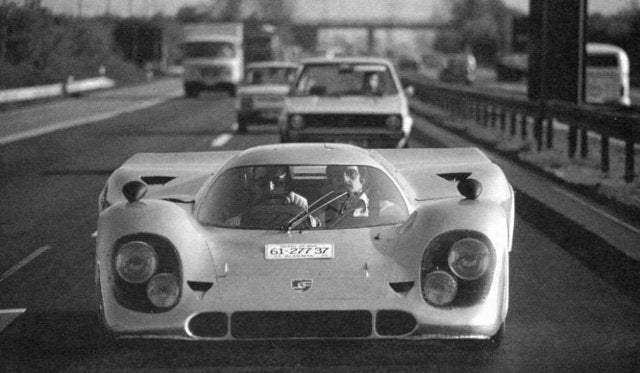 "Demon-Xanth knows how to operate a street." (demon-xanth)
"Demon-Xanth knows how to operate a street." (demon-xanth)
11/11/2016 at 10:37 • Filed to: None
 6
6
 10
10
 "Demon-Xanth knows how to operate a street." (demon-xanth)
"Demon-Xanth knows how to operate a street." (demon-xanth)
11/11/2016 at 10:37 • Filed to: None |  6 6
|  10 10 |
!!! UNKNOWN CONTENT TYPE !!!

 TheTurbochargedSquirrel
> Demon-Xanth knows how to operate a street.
TheTurbochargedSquirrel
> Demon-Xanth knows how to operate a street.
11/11/2016 at 10:43 |
|
Homologation requirements were wonderful things.
 Bman76 (hates WS6 hoods, is on his phone and has 4 burners now)
> Demon-Xanth knows how to operate a street.
Bman76 (hates WS6 hoods, is on his phone and has 4 burners now)
> Demon-Xanth knows how to operate a street.
11/11/2016 at 10:47 |
|
The things I would do to own one...
 Thomas Donohue
> TheTurbochargedSquirrel
Thomas Donohue
> TheTurbochargedSquirrel
11/11/2016 at 11:51 |
|
Homologation only means that a certain number of production cars need to meet the same criteria, not that they need to be street legal. It applies to race-only models as well as production classes. These 917s were (barely) made road-legal afterwards.
 Leonardo DiCabriolet
> Bman76 (hates WS6 hoods, is on his phone and has 4 burners now)
Leonardo DiCabriolet
> Bman76 (hates WS6 hoods, is on his phone and has 4 burners now)
11/11/2016 at 12:49 |
|
Technically you can, this would be my preferred kit car.
http://race-car-replicas.com/rcr-917/
 diplodicus
> Demon-Xanth knows how to operate a street.
diplodicus
> Demon-Xanth knows how to operate a street.
11/11/2016 at 12:57 |
|
 TheTurbochargedSquirrel
> Thomas Donohue
TheTurbochargedSquirrel
> Thomas Donohue
11/11/2016 at 13:58 |
|
But it means that we do have 917 road cars.
 Bman76 (hates WS6 hoods, is on his phone and has 4 burners now)
> Leonardo DiCabriolet
Bman76 (hates WS6 hoods, is on his phone and has 4 burners now)
> Leonardo DiCabriolet
11/11/2016 at 14:44 |
|
Flat 12 or bust.
 Leonardo DiCabriolet
> Bman76 (hates WS6 hoods, is on his phone and has 4 burners now)
Leonardo DiCabriolet
> Bman76 (hates WS6 hoods, is on his phone and has 4 burners now)
11/11/2016 at 15:36 |
|
I mean you could probably put two flat 6's together? I imagine that would exceed the cost of the car figuring it all out, but hey, perfection isn’t easy.
 Thomas Donohue
> TheTurbochargedSquirrel
Thomas Donohue
> TheTurbochargedSquirrel
11/11/2016 at 16:35 |
|
No, the 917 was not part of a series that required street-legal production runs. What you have is two street-legal cars because someone decided to take two pure race cars and make street cars out of them. It had nothing to do with homologation requirements.
The 959 and 288GTO, etc. were part of Group B, which required manufacturers to make at least 200 street legal production cars.
Current F1 cars also have homologation rules, but that has nothing to do with making a street car. ‘Homologation’ just means they all need to be the same. It applies to cars, racetracks, engines, etc.
 gmporschenut also a fan of hondas
> Bman76 (hates WS6 hoods, is on his phone and has 4 burners now)
gmporschenut also a fan of hondas
> Bman76 (hates WS6 hoods, is on his phone and has 4 burners now)
11/11/2016 at 20:45 |
|
Its been done.